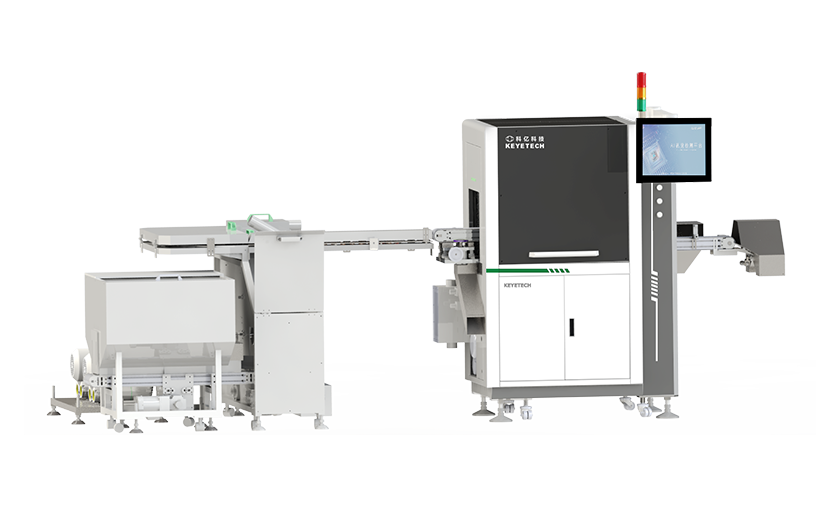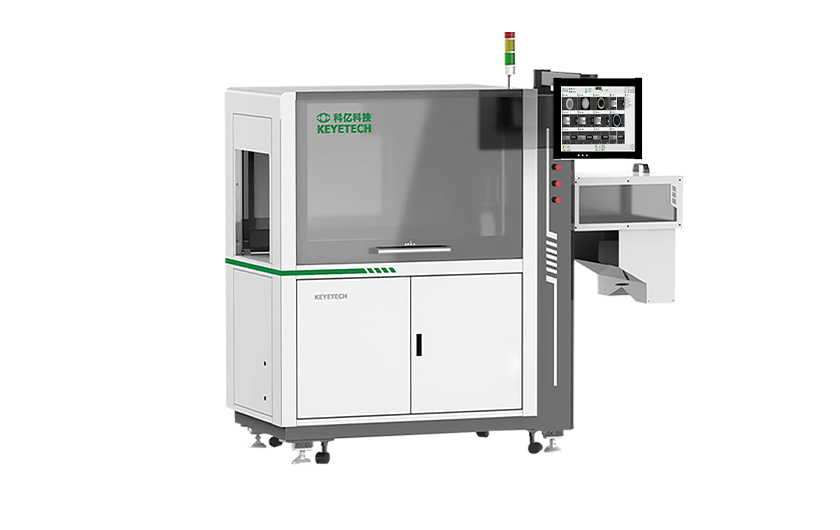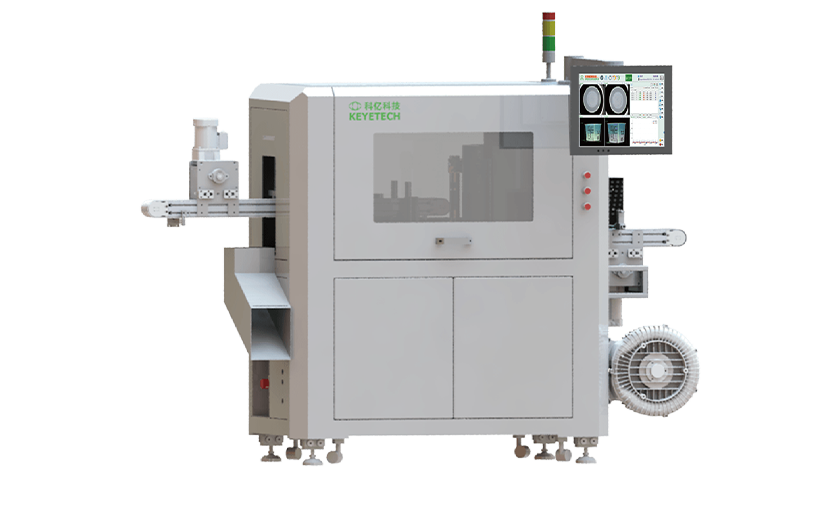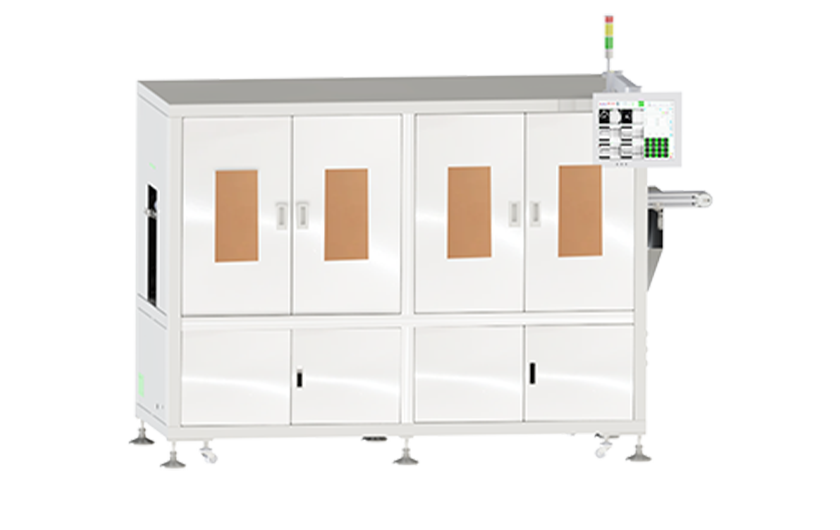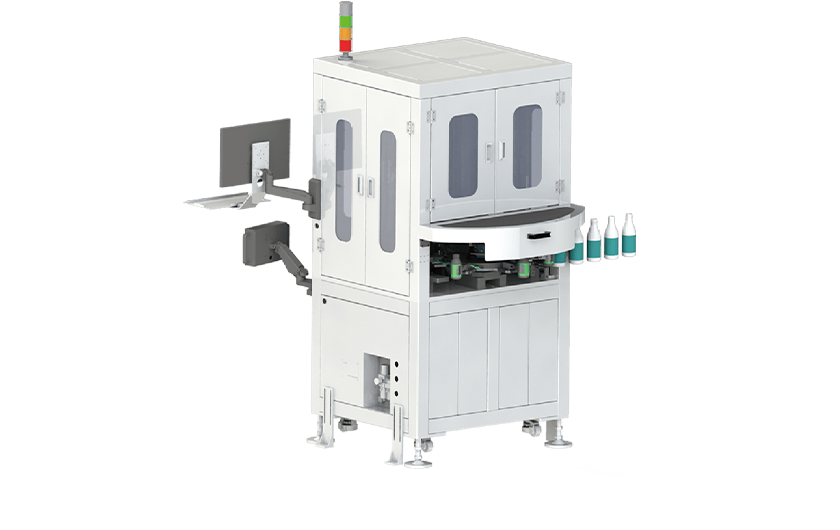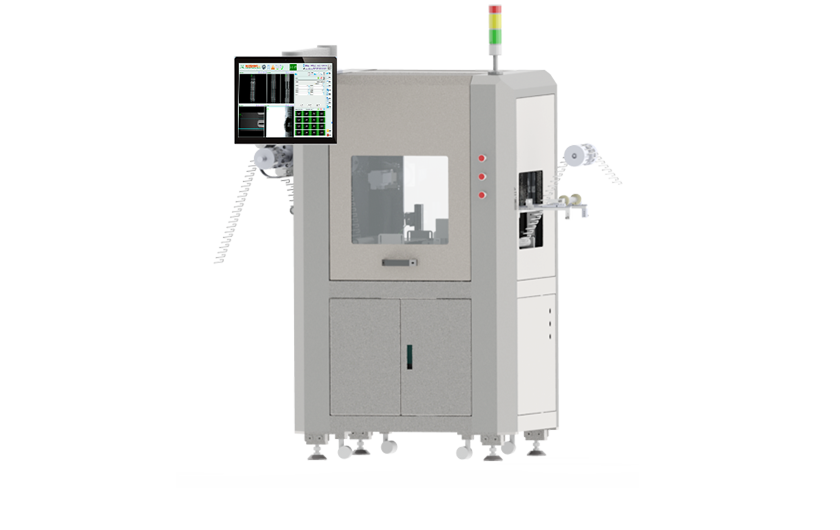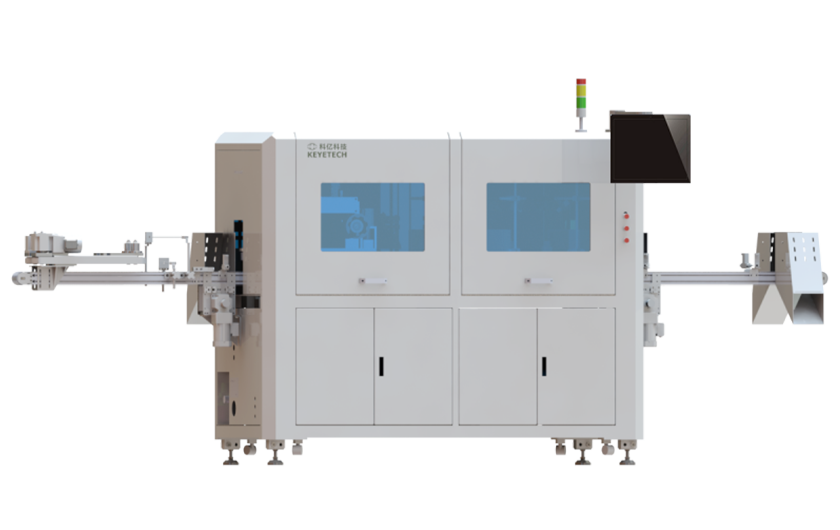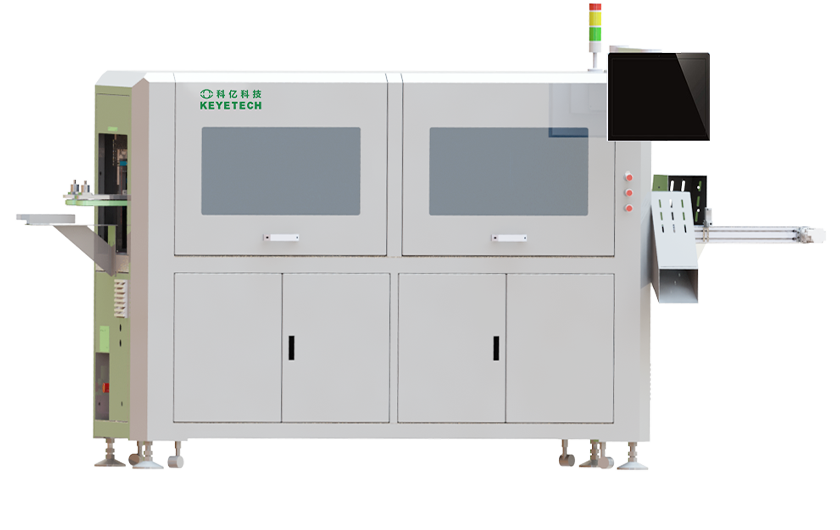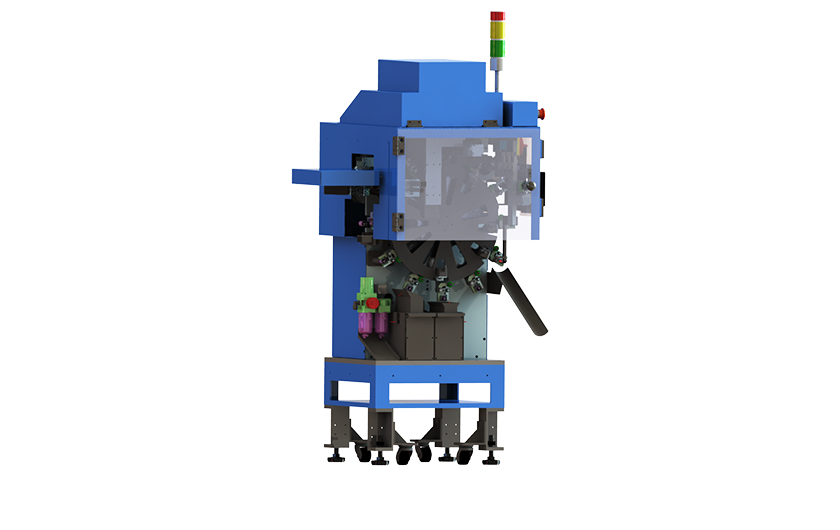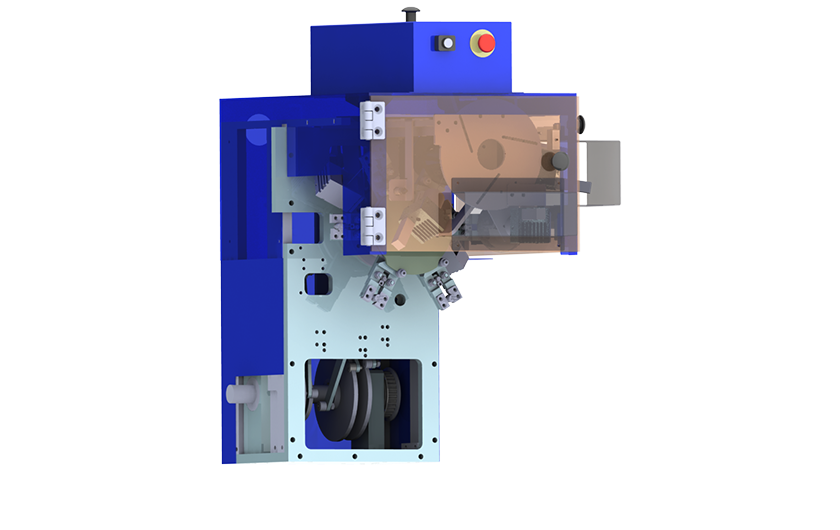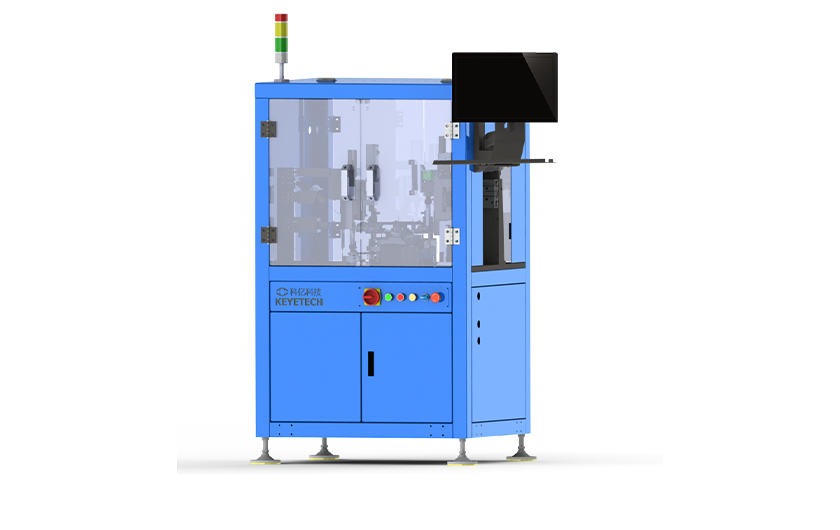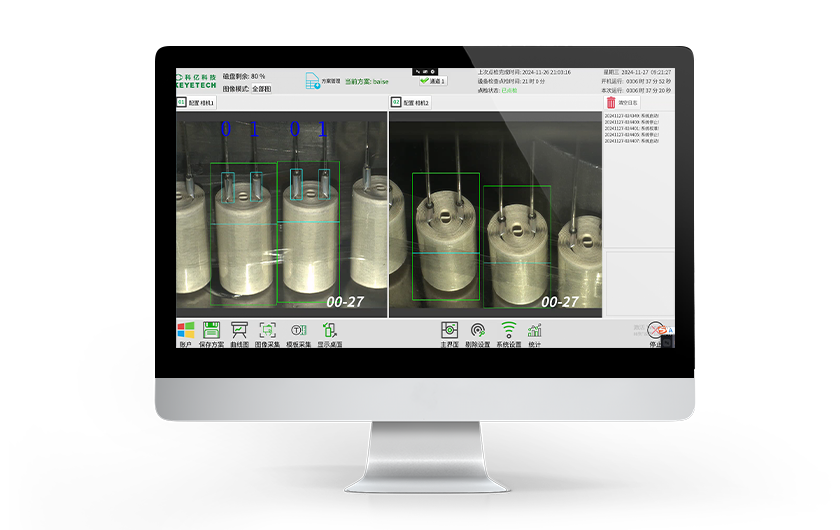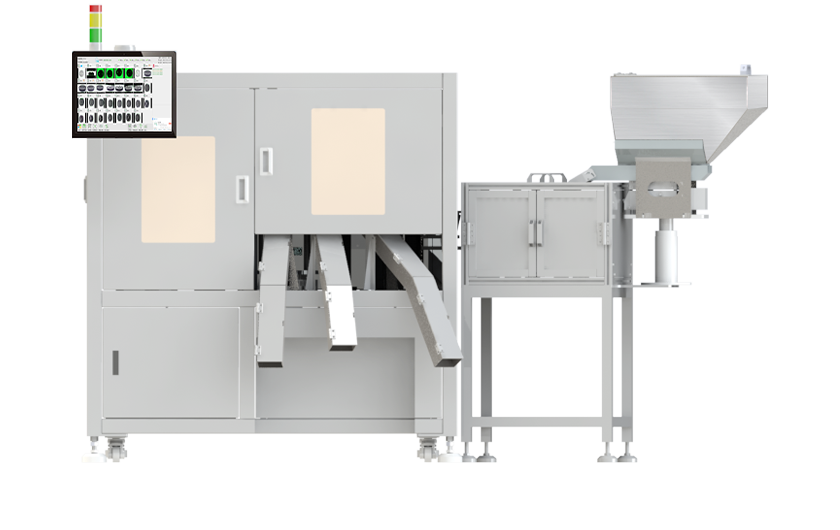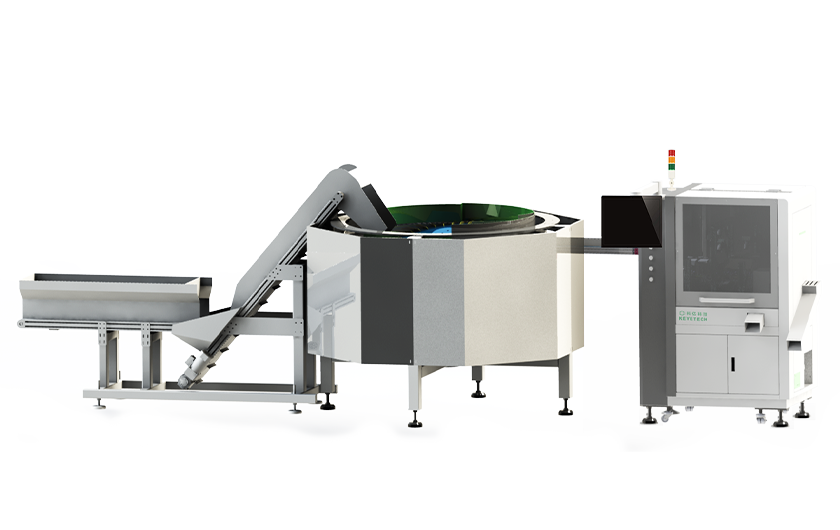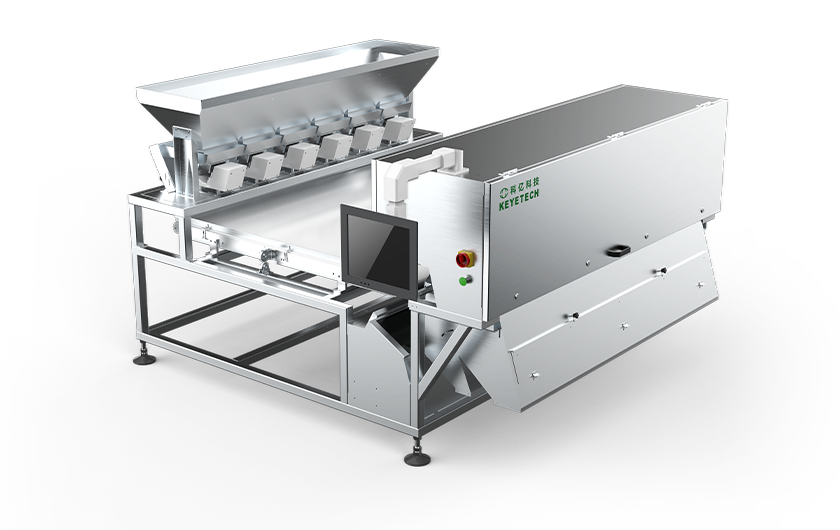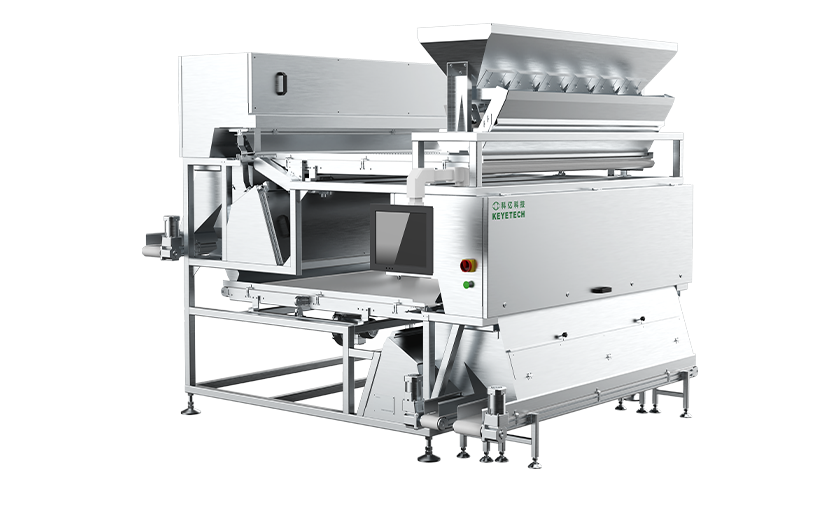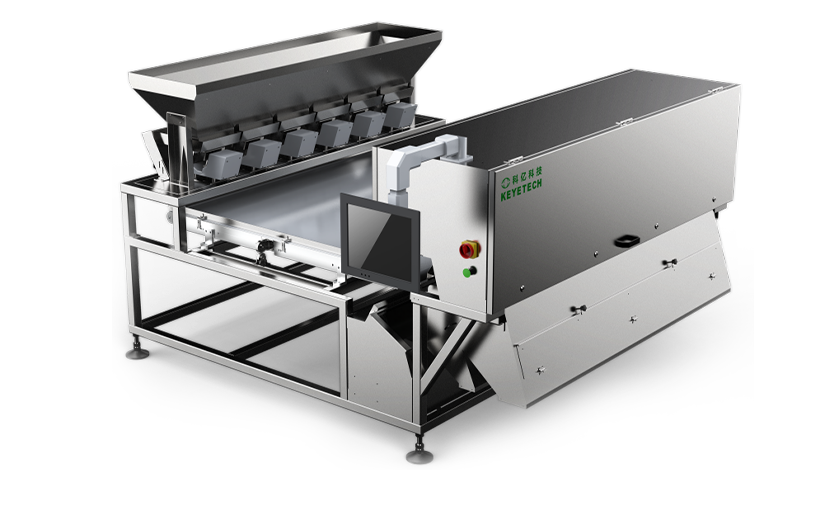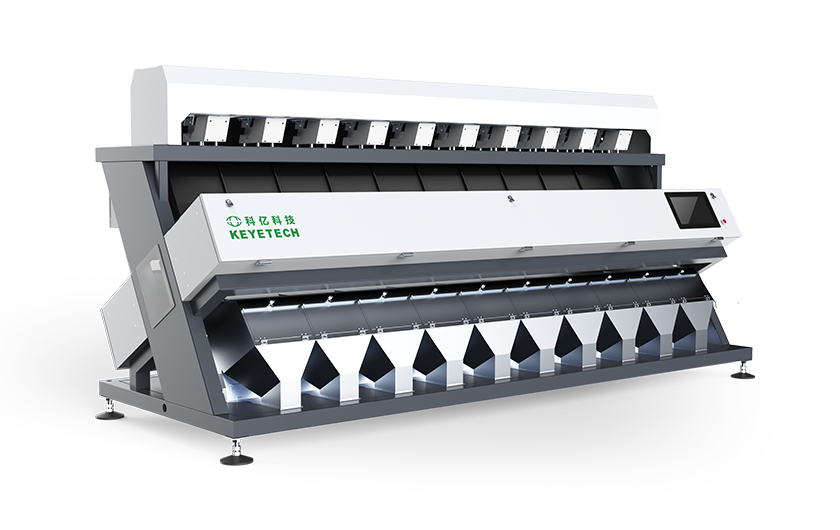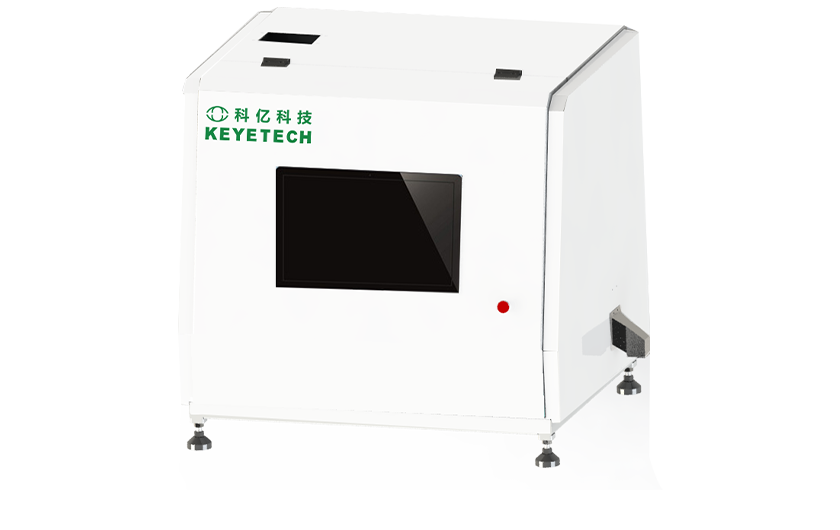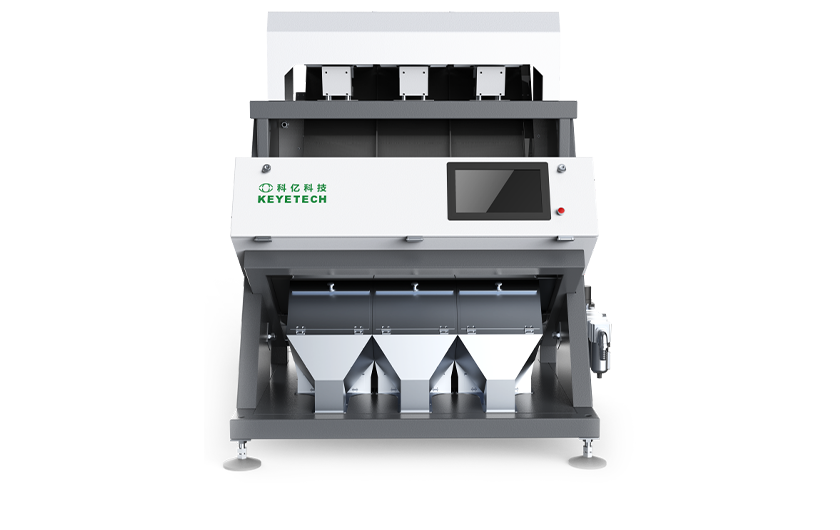Struggling with Industrial Large Model Implementation in Smart Manufacturing? Keye Tech Decodes Five Core Pain Points!
Date:2025-04-29 Views:307
Industrial large models, as the core technology of Industry 4.0 and smart manufacturing, leverage deep learning and other means to solve complex industrial problems, and are regarded as a key breakthrough for general artificial intelligence. However, the complexity of industrial manufacturing has posed numerous challenges to their application.
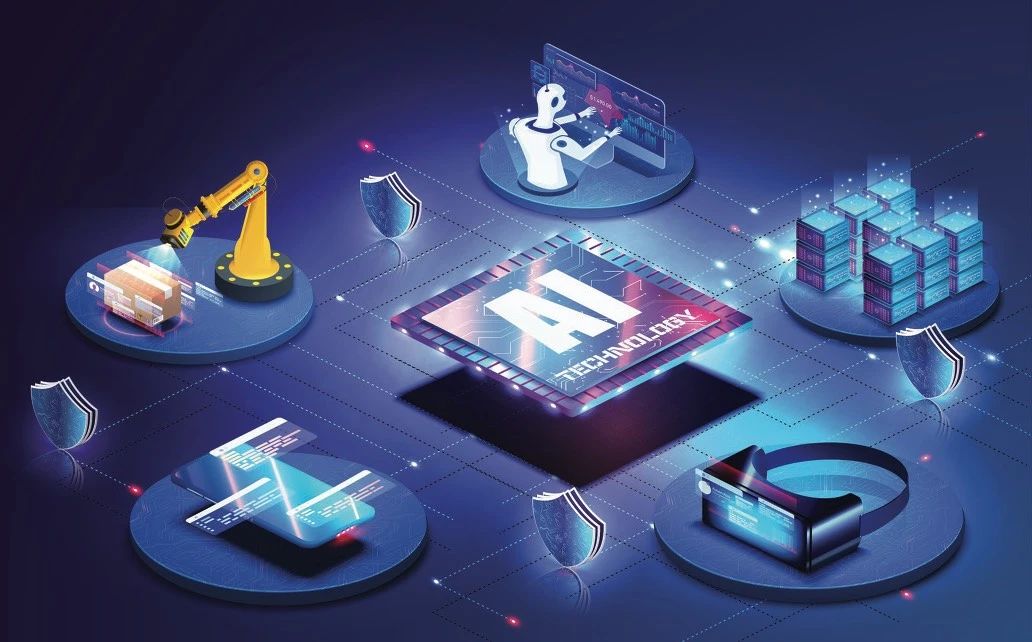
The Five Critical Hurdles in Landing Industrial Large Models
Industrial large models, leveraging cutting-edge technologies like deep learning, have demonstrated significant advantages in improving production efficiency and optimizing resource allocation. However, their practical applications still face multiple obstacles.
01/Inadequate Real-Time Performance
Industrial manufacturing applications have strict real-time requirements (millisecond-level). Although industrial large models have made progress in compression ratio and acceleration efficiency, their huge parameter scale requires activating most computing units when performing industrial tasks, making it hard to meet the high requirements of lightweight real-time applications at the industrial edge.
02/Difficulty in Cross-Scenario Generalization
Industrial large models have a unified underlying logic but lack the generalization capability for cross-domain expertise. Task requirements vary widely across different industries and scenarios, making it difficult to adapt to complex and dynamic industrial environments. Moreover, the large number of hardware device interaction tasks in industrial scenarios renders the mainstream application paradigms of current large models inadequate.
03/Difficulty in Multi-Process Correlation
General large models are applied in scenarios with fewer multi-process logical correlation tasks, struggling to comprehensively understand and cognize the context of complex industrial processes and the dynamic relationships between tasks. Lacking deep-level task correlation and long-term memory capabilities for complex processes, they struggle to effectively handle multi-process tasks.
04/High Training and Deployment Costs
Training and inference of large models require massive computational resources. Additionally, many industrial scenarios demand private deployment to safeguard production and data security, further increasing deployment costs.
05/Difficulty in Cross-Modal Collaboration
Sensing data of different types have varying sampling rates and formats, accompanied by information redundancy and semantic inconsistency, making it difficult for large models to effectively align and collaborate across complex heterogeneous industrial data modalities.
Intelligence Breaks Through Implementation Hurdles, Unleashes Boundless Horizons in Industrial Vision
Industrial large models serve as the core engine of Industry 4.0 and smart manufacturing, with their implementation hurdles in urgent need of breakthrough. Computing power, as the "powerhouse" of industrial intelligent inspection, is crucial for supporting the efficient operation of complex algorithms and rapid processing of massive data. Keye Tech anchors its dual-core driving strategy of computing power + algorithm to build an innovative paradigm in full-scenario solutions for the industrial manufacturing sector.
Specialized Inspection, More "Specialized" Models
Keye Tech's industrial visual inspection models are deeply focused on the vertical needs of industrial scenarios. The self-developed AI edge computing units achieve extreme efficiency with single-image inference in just a few milliseconds, precisely adapting to the real-time quality inspection requirements of industrial production lines. Compared with industrial large models that focus on overall decision-making support, Keye's models become the efficiency engine of the "final checkpoint" in smart manufacturing, leveraging the advantages of functional specialization and lightweight computing power.
Dual-Core Driving, More "Robust" Models
Keye Tech adopts a distributed computing architecture + dynamic algorithm optimization system, which is more suitable for full-scenario solutions in industrial visual inspection, enabling rapid adaptation to new scenarios and continuous model optimization. With the "computing power-algorithm-scenario" triple adaptation, Keye Tech has forged the "anchor of stability" in the field of industrial inspection.
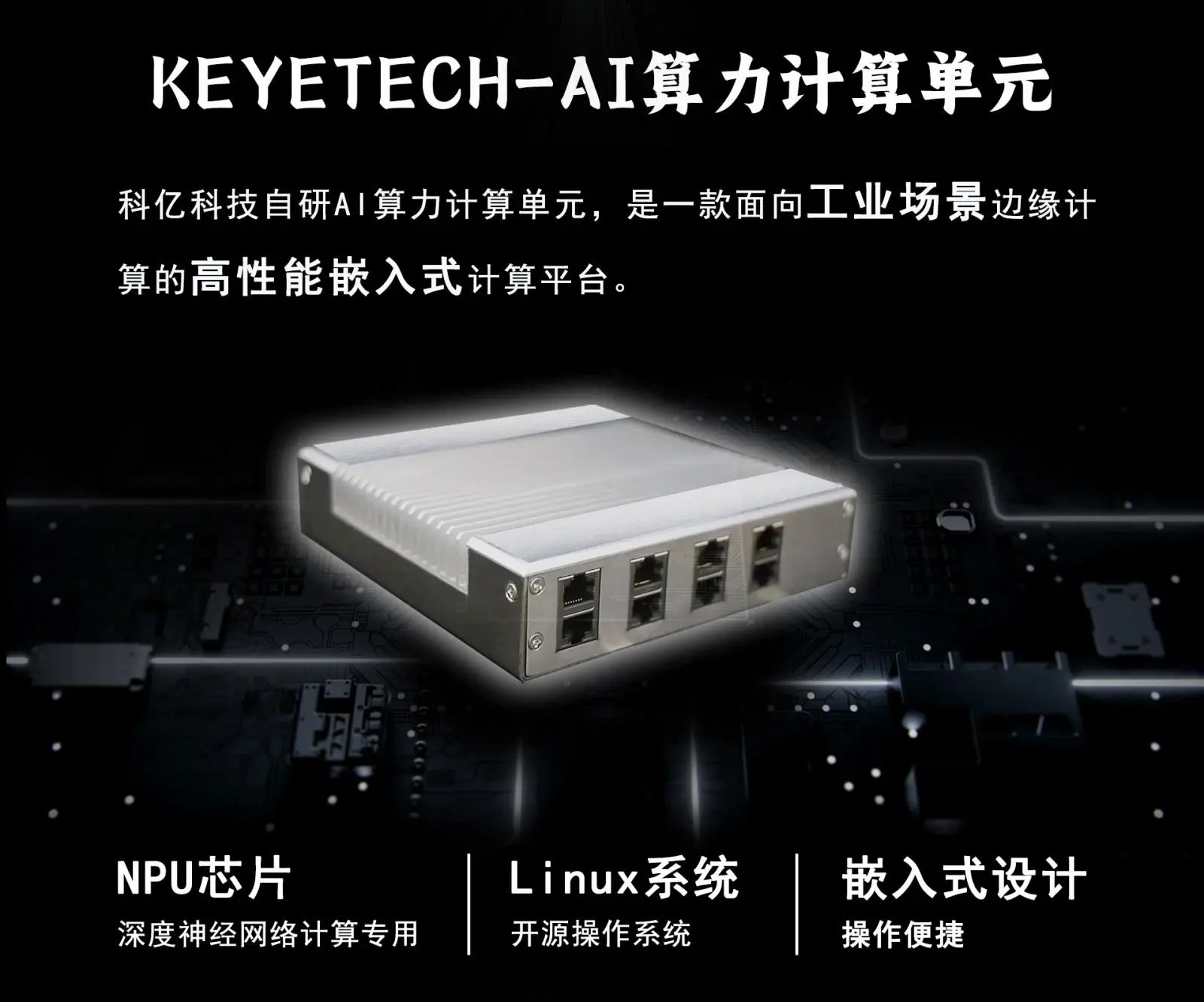
Empowering Needs, "Precise" Landing
In the field of industrial visual inspection, efficiency and precision are the core criteria. While industrial large models excel in being "large and comprehensive," their massive parameters and complex decision-making make them difficult to meet the rigid requirements of industrial scenarios such as real-time response and precise judgment. They are more focused on offline analysis tasks like report generation. Keye Tech's industrial visual inspection models, however, break through with the advantages of "specialization, stability, and precision," deeply aligning with the needs of industrial visual inspection scenarios.

As a pioneer in AI+Industry, Keye Tech will continue to maintain innovation, continuously apply the most cutting-edge AI technologies to the industrial sector, bring stunning AI product solutions to the industry, and vigorously promote the high-end and intelligent transformation of China's manufacturing industry.
- Last:None
- Next:None


